
Take the Tour!
As many times as I've been to The Wild Center, an 115-acre indoor and outdoor immersive wilderness museum, I had never taken their Behind the Scenes Tour. This tour, offered every weekend, provides a lens into how The Wild Center balances conservation and cares for its wildlife — from employing eco-friendly energy systems to rescuing endangered animals. I had a wonderful time seeing how they manage it all. This up-close-and-personal view is great for all ages.
Conservation tactics
Our tour began in the Great Hall of the entrance to the main building. The tour guide, Shannon, brought our attention to certain features of the room. The giant windows on the south side let a sunny day add heat to the room, and the dark floors help retain the heat.
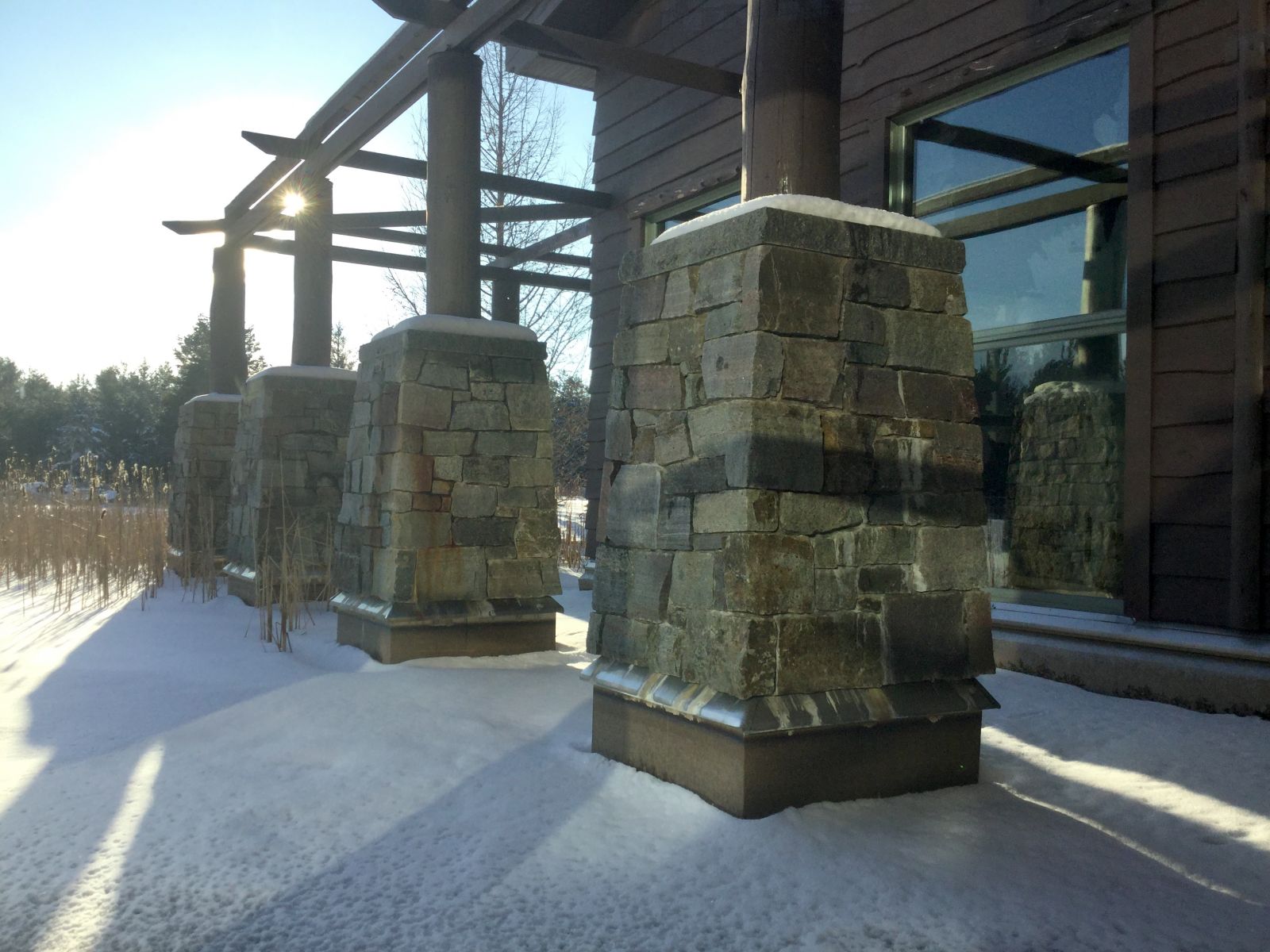
The windows showed a striking vista of a frozen Greenleaf Pond, which is now a fully restored pond reclaimed from a sandpit.
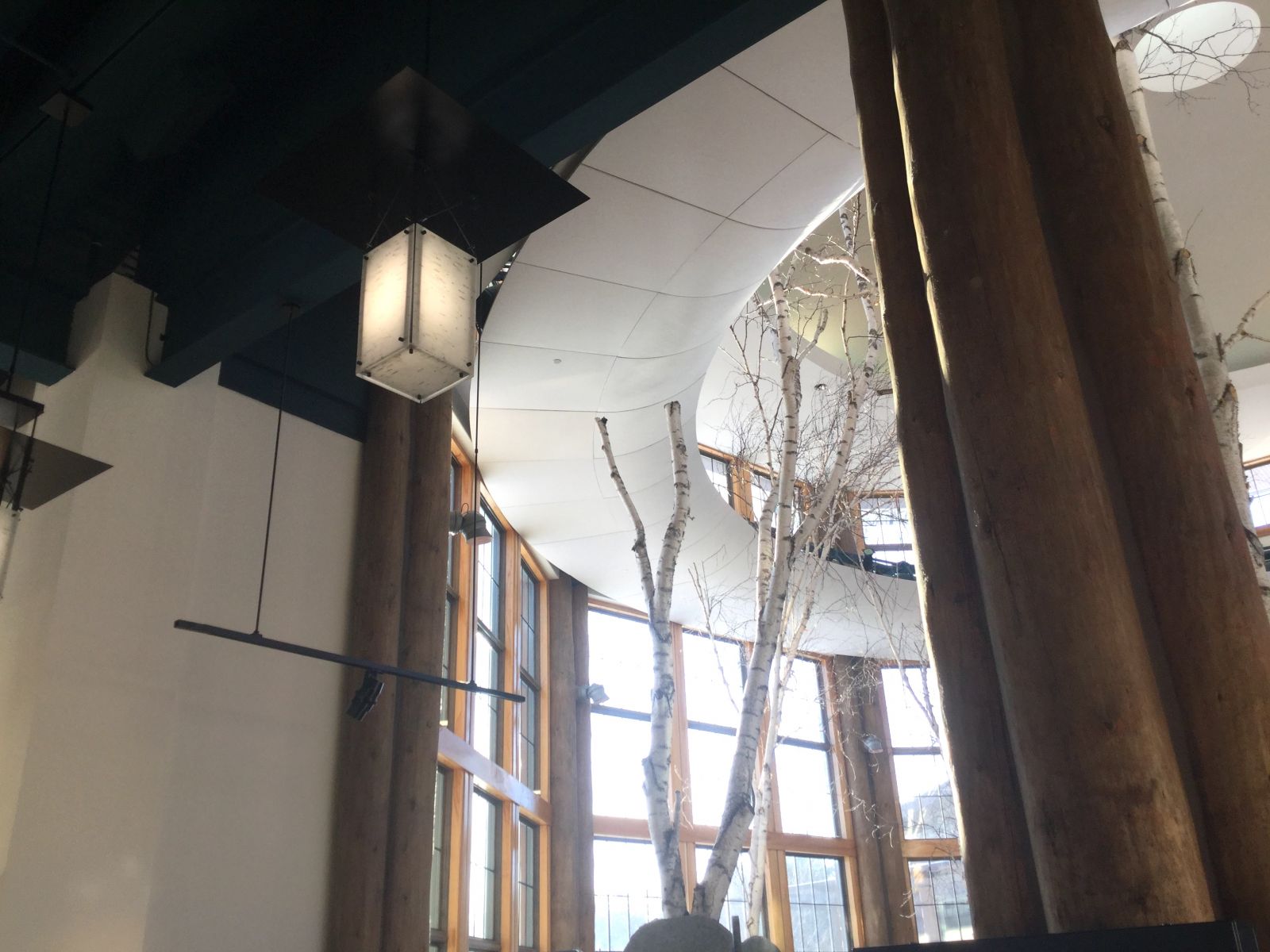
The hanging lights in the Great Hall have sensors that lower the lights' output accordingly because natural light is provided by the giant windows, especially on a sunny day.
We then headed outside for a look at a structure which has many energy conservation elements. It holds 20 tons of wood pellets to heat the main building.
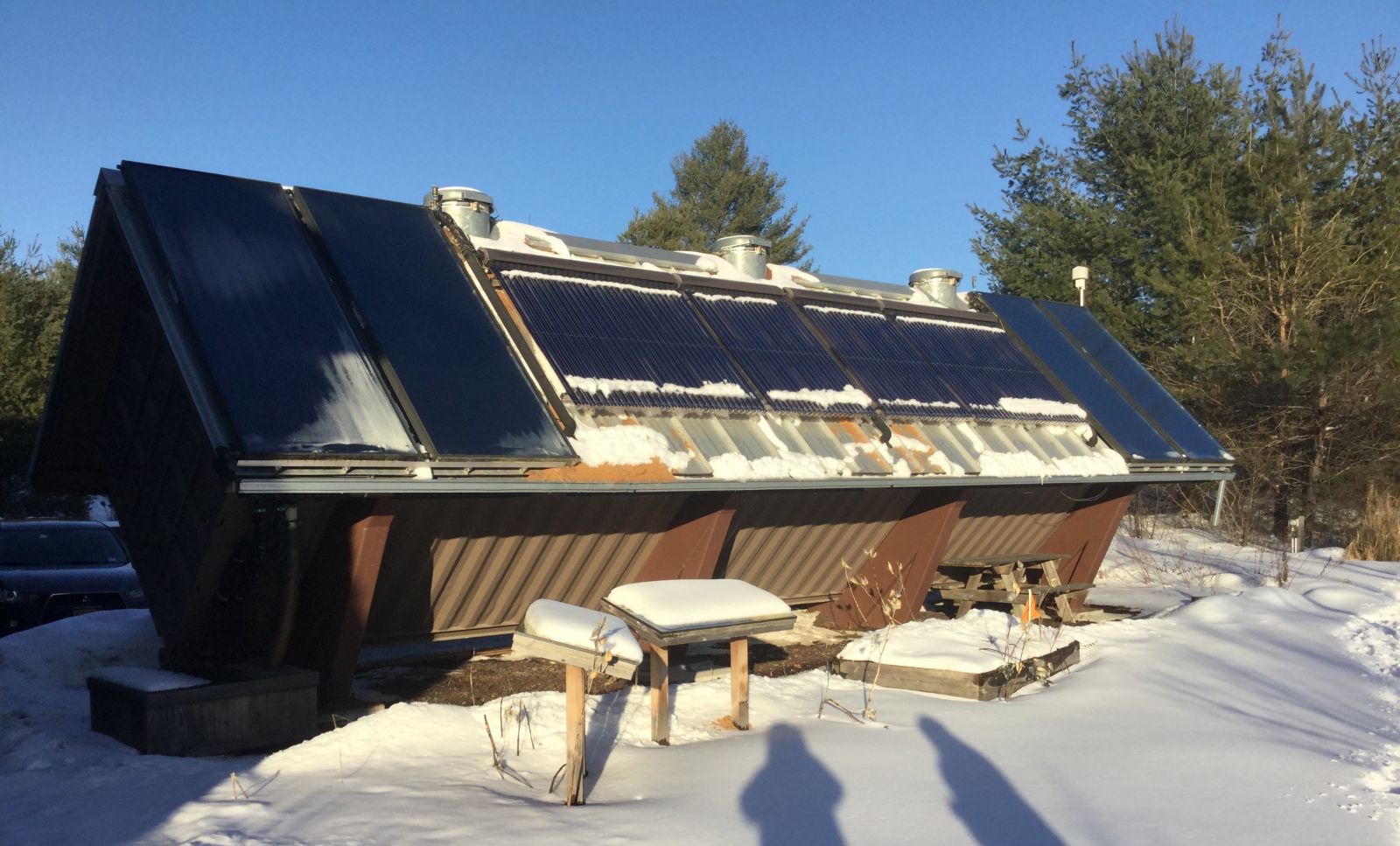
The roof of this structure is outfitted with solar panels that provide heat to make hot water. It can't be seen under the snow cover, but come spring, this building has a green roof. The roof surface is covered with living plants and has many advantages. It absorbs rainwater, provides insulation, and creates a supportive habitat for wildlife.
Fish and turtles
We moved from the chill of the outdoors into the basement, where Shannon said, "Welcome to the sauna!" This boiler room triple-burns the wood pellets to reach a 90% energy return.
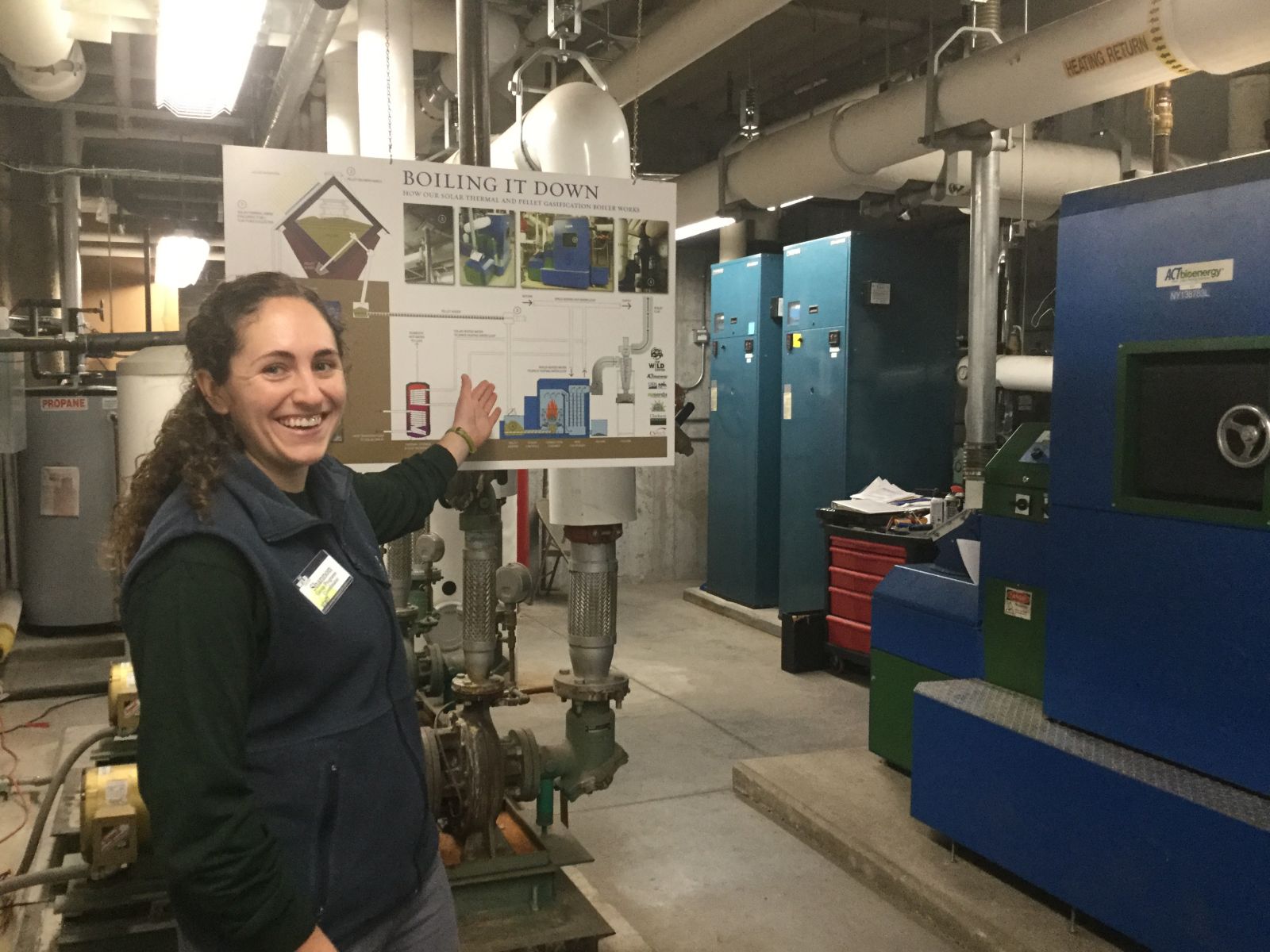
This room manages eleven separate aquarium systems which support wildlife habitats throughout the museum. Several tanks in an adjoining room hold fish at various growth stages. Some of them will populate Greenleaf Pond, others will live in the different displays throughout the museum.
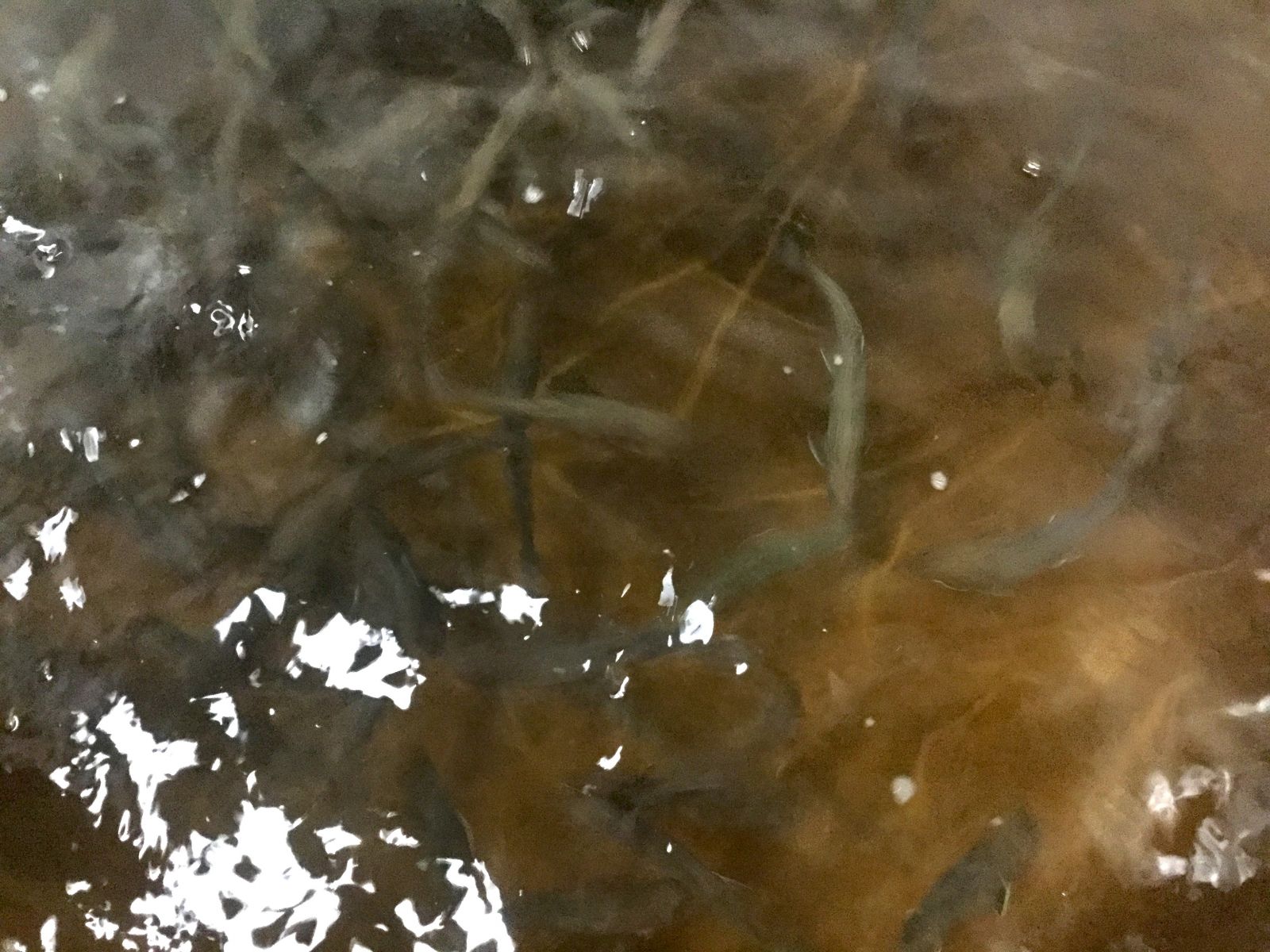
Out in the hall is the turtle nursery, where the eggs are hatched and baby turtles are watched over by The Wild Center's wildlife staff until the turtles can be released into the wild. Some of them will become personal residents, like this albino wood turtle seen below, Blinky.
Blinky was fortunately found as a tiny turtle. Albino wood turtles lack the natural camouflage to help them survive. Blinky now stars in different turtle presentations, and I was quite taken with his show business presence.
The snakes were all snoozing, the other turtles were not active, but Blinky reacted to people appearing in front of his aquarium by making a dramatic stretch toward the light of his heat lamp. He then slowly (well, he's a turtle) and dramatically turned to face us, coming right up to the glass to have his picture taken.
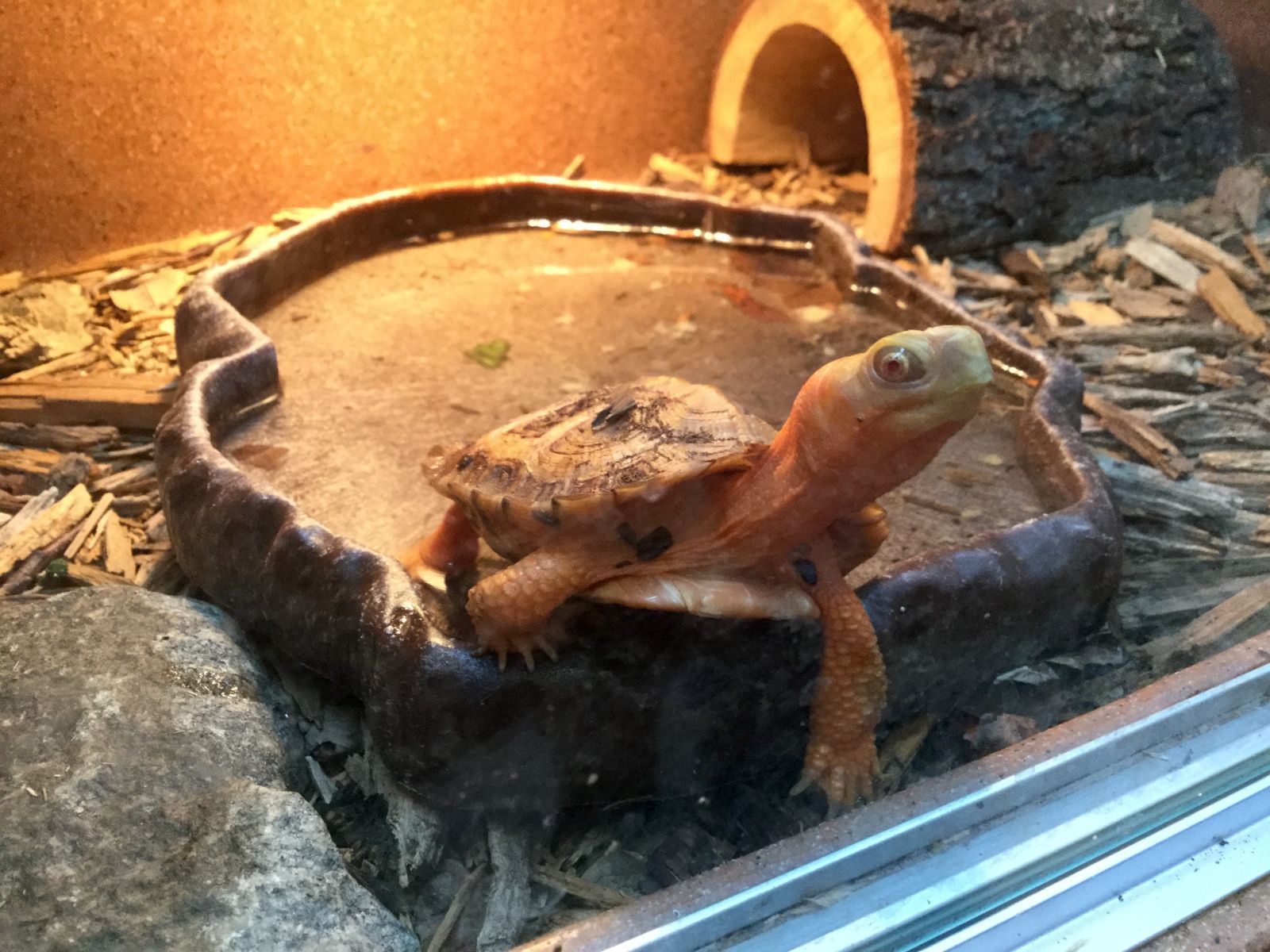
Another staff favorite among the turtle collection is Gus, a snapping turtle the size of a round loaf of bread. He was also active, lumbering around underwater with clumsy dignity. He was from a batch of eggs that were nurtured at the museum. The staff decided to keep Gus because he was, in Shannon's words, "so calm and easygoing." He is now a main feature in presentations.
Even turtles have individual personalities.
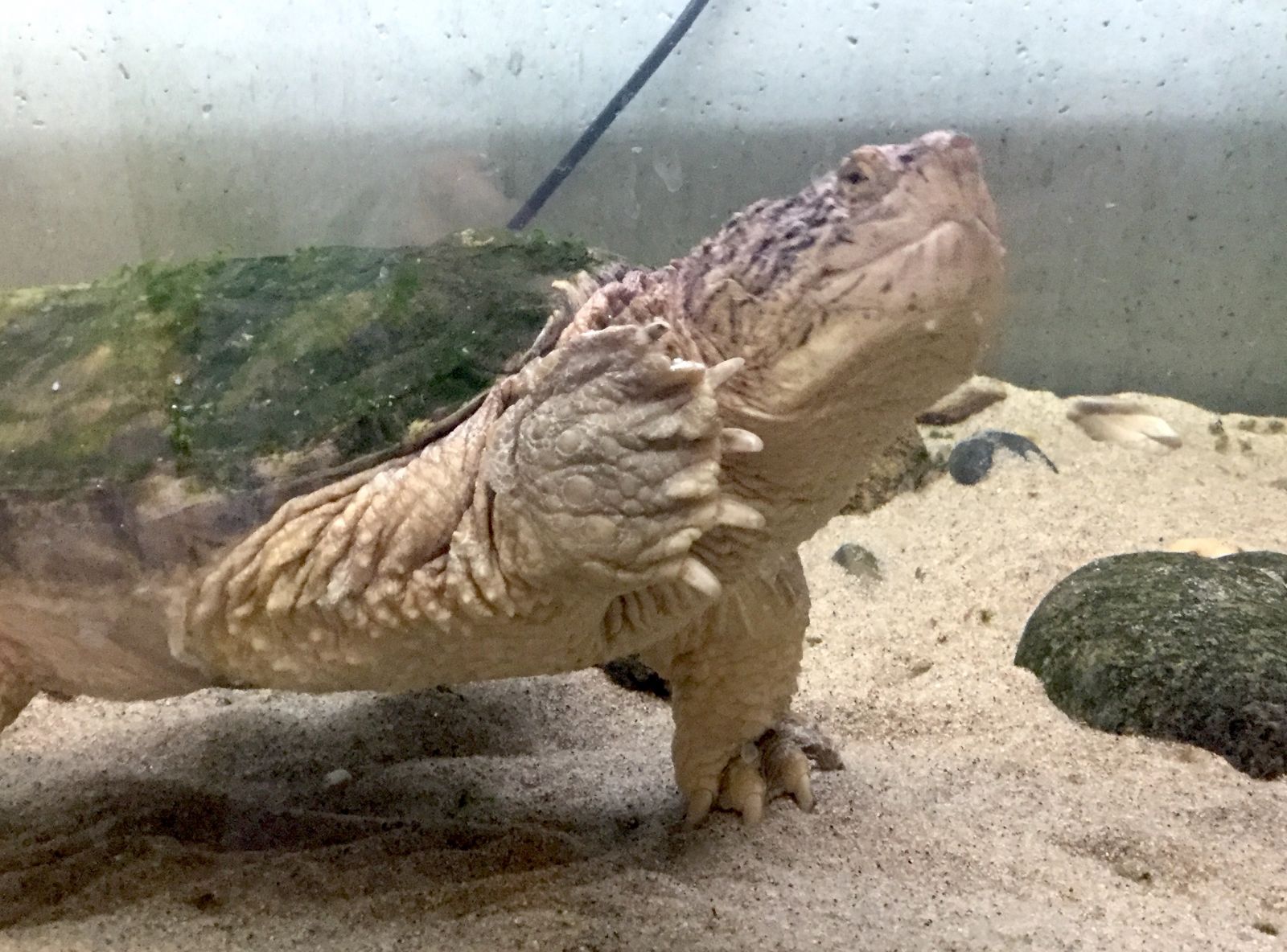
Birds and otters
Both the bluebird, seen at the top of this blog post, and this young grackle, seen below, have been rescued by well-meaning people, but they had not been fed a proper diet during their formative years. Now, they do not have the vigor or bone density needed to make it in the wild. This is why they are cared for at The Wild Center.
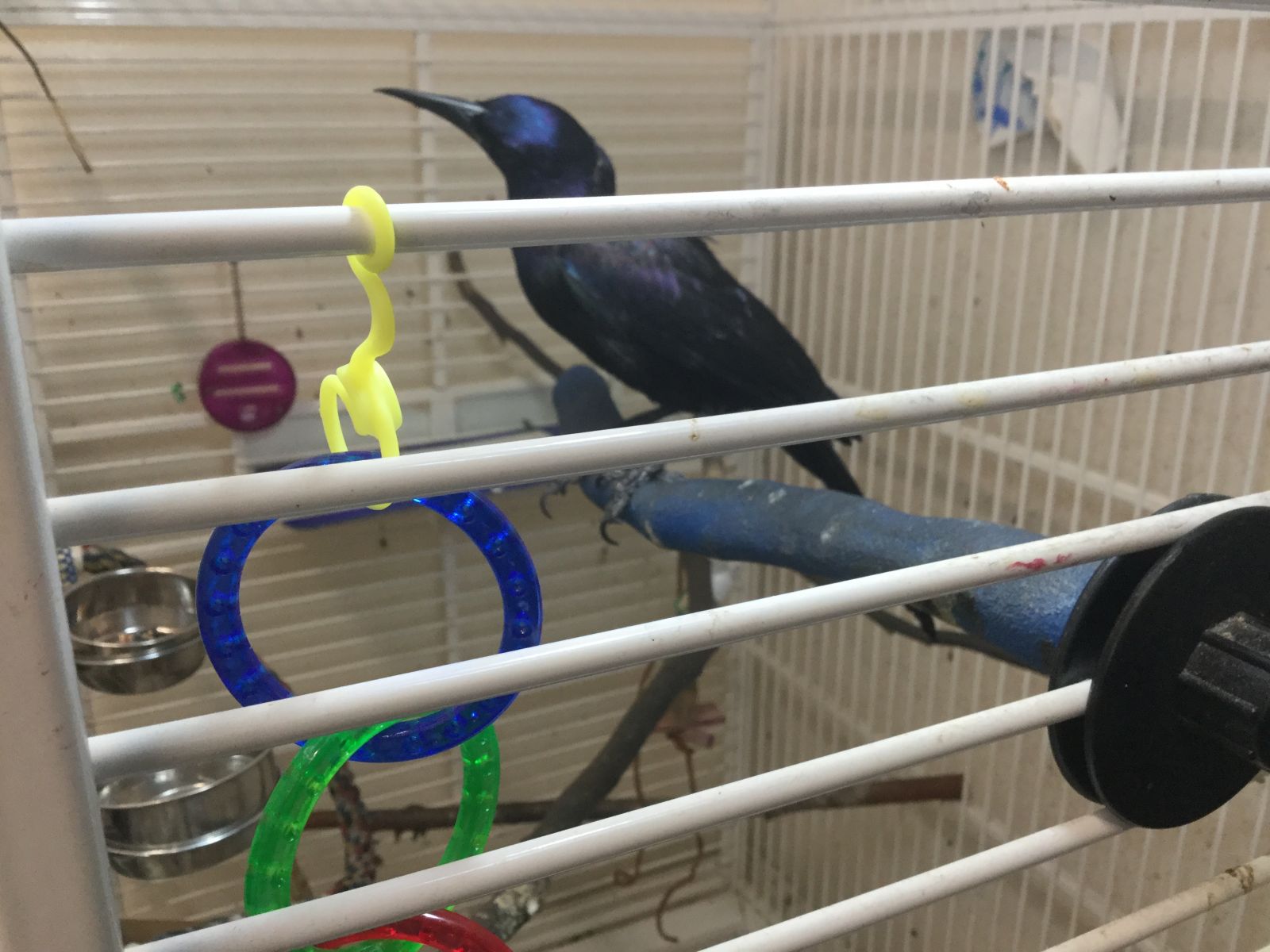
We then moved outdoors to visit the otter enclosure. Of the three otters in residence, the two older ones are in their separate enclosures, with their own little igloo arranged with hammocks, toys, and other structures meant to mimic a natural environment.
Some of their time is spent in the beautiful giant tank in the display area. But, if they want to retreat to "their room," there's a quiet place where they can have some down time.
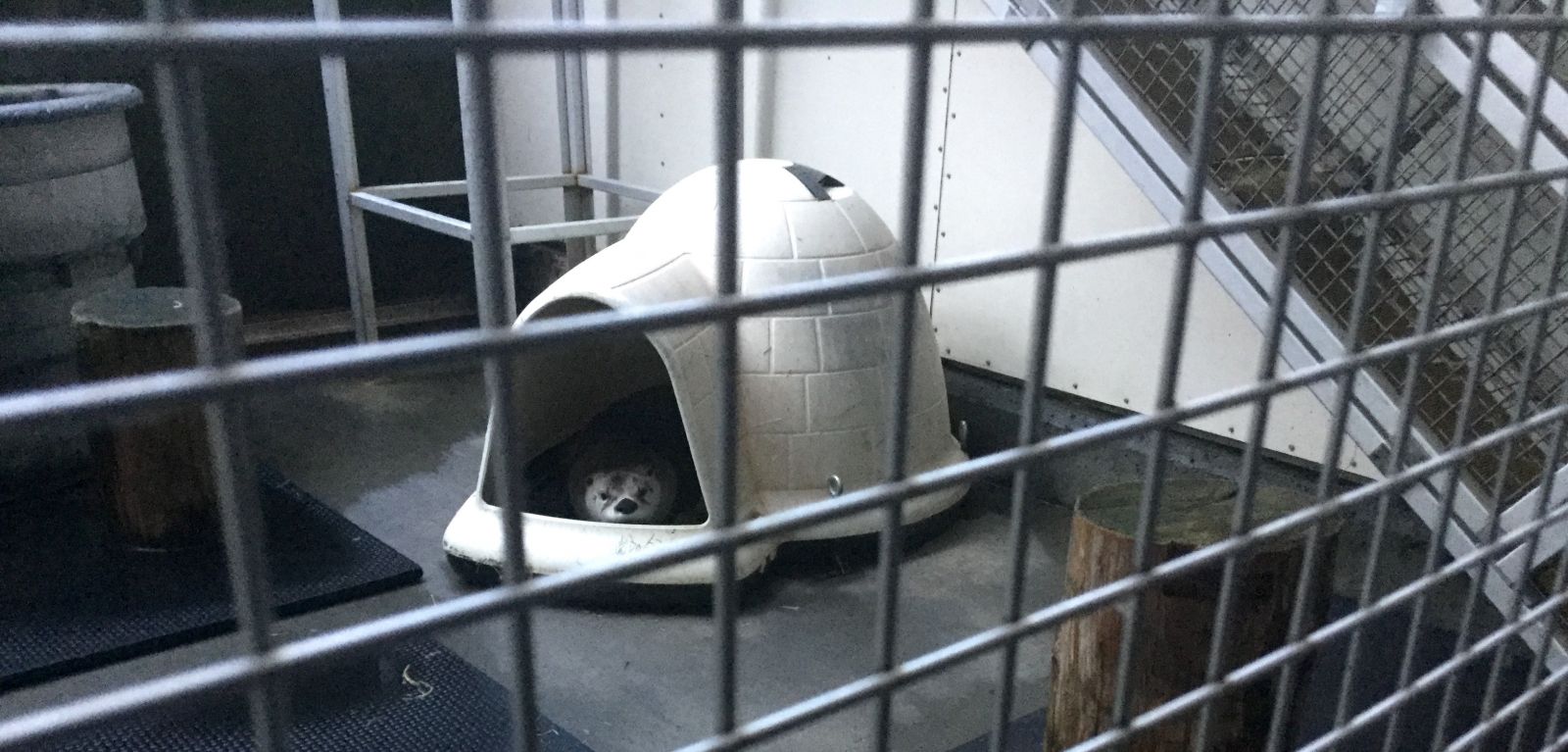
The last spot on the tour was the outdoor enclosures, where birds who are well adapted to the cold have a setup that lets them follow a natural four-season cycle, and this gives them more room than they would have indoors. Two ravens strutted, talked, and observed us from their big enclosure. The owls are larger than the ones indoors and they are provided with heat lamps.
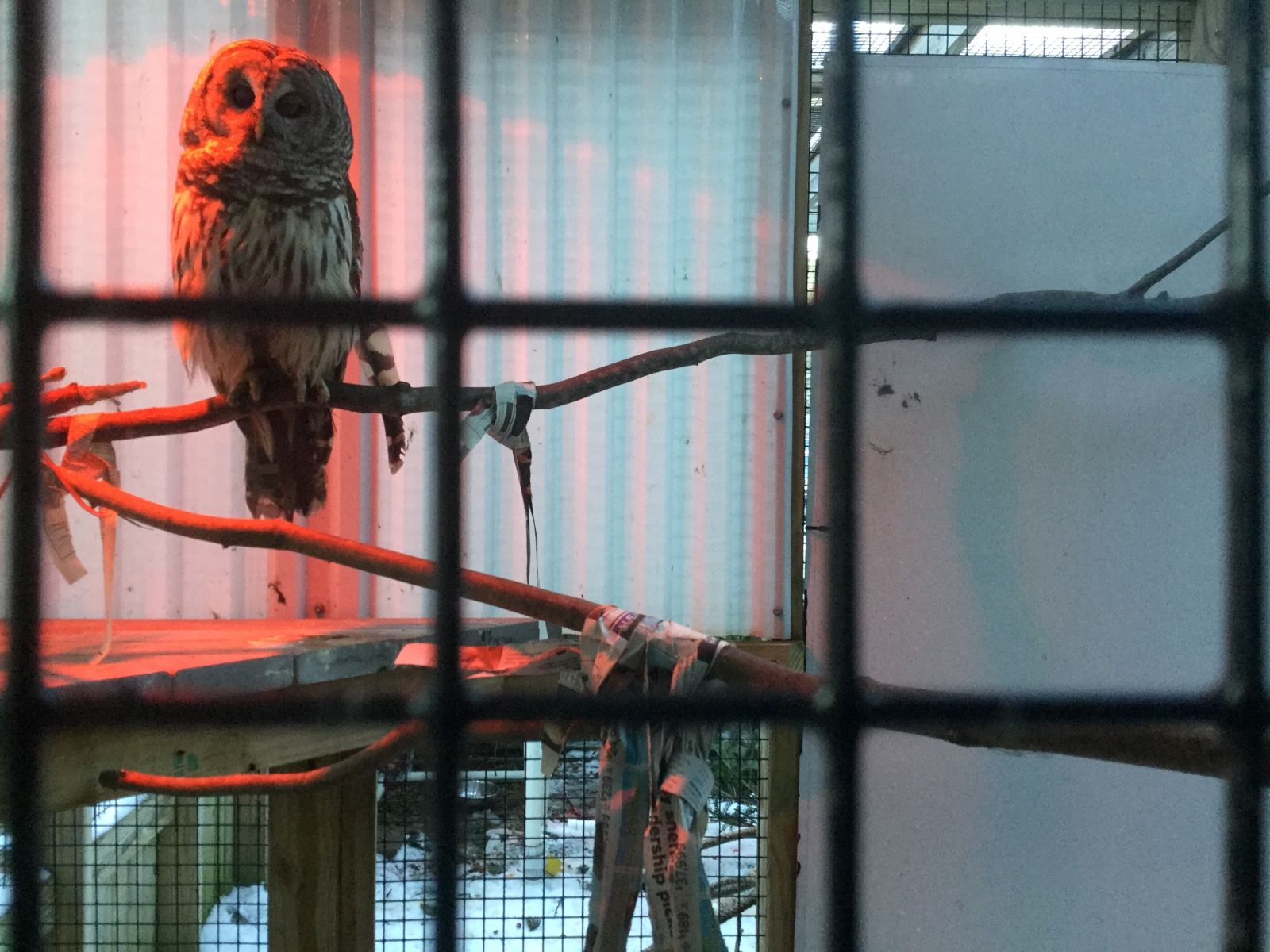
The obvious fondness Shannon has for the different animals is reflected in a quote I saw on a hallway bulletin board. This quote, from Merle Nelson, read, "Our quality of work is their quality of life."
These tours happen every Friday, Saturday, and Sunday during The Wild Center's winter hours. They run from 3 - 4 p.m. For non-members with paid admission, adults are $10 and those ages 5-17 are $7. The group size of each tour is kept to six or less, so reservations are required.
Find a cozy place to land with local lodging. Enjoy a meal with the many dining choices. Explore all of the different attractions.
This week in ADK news:
